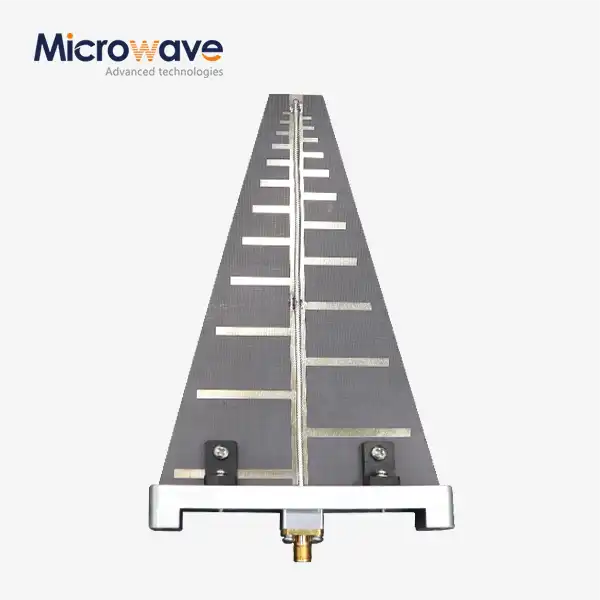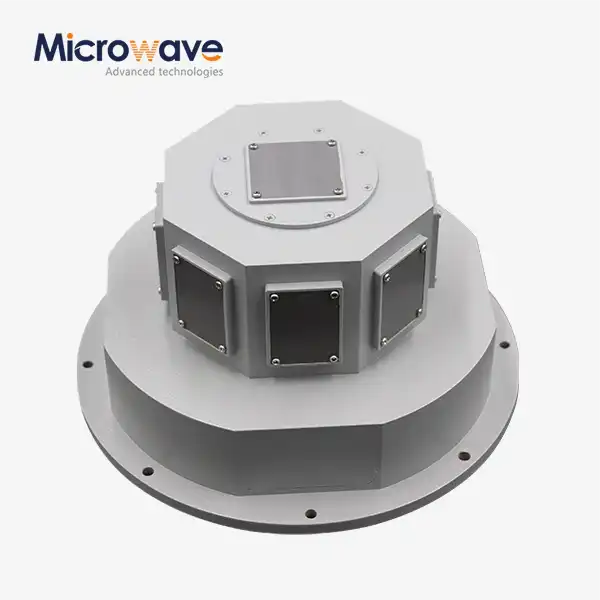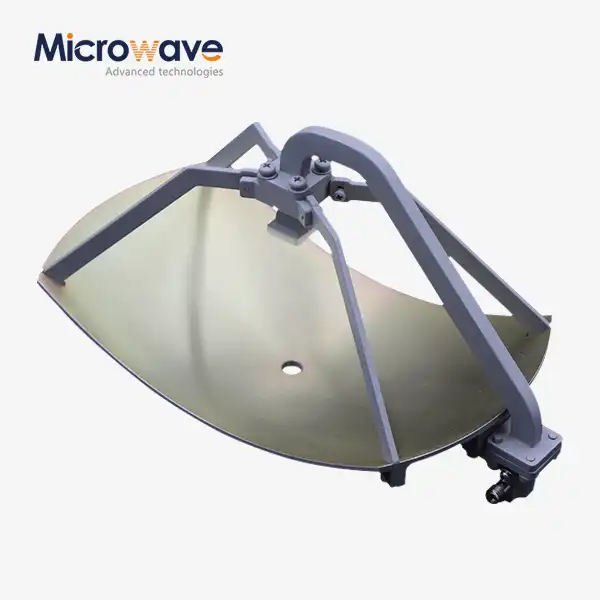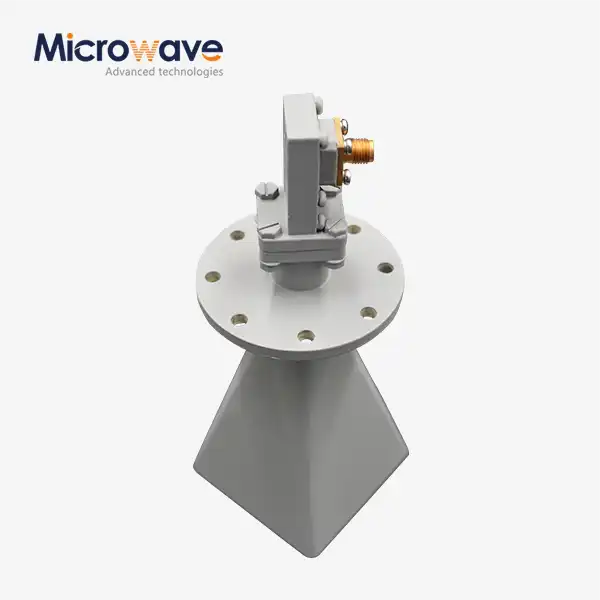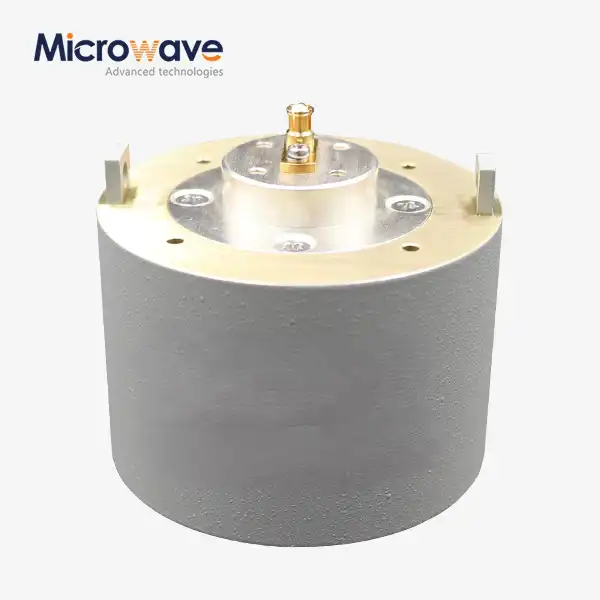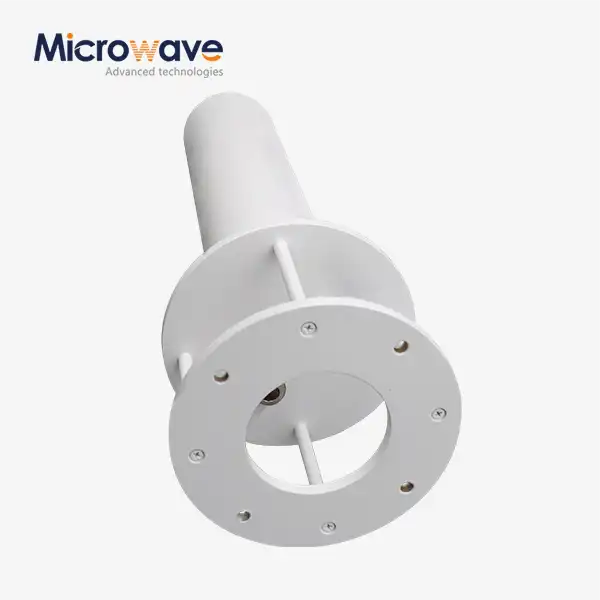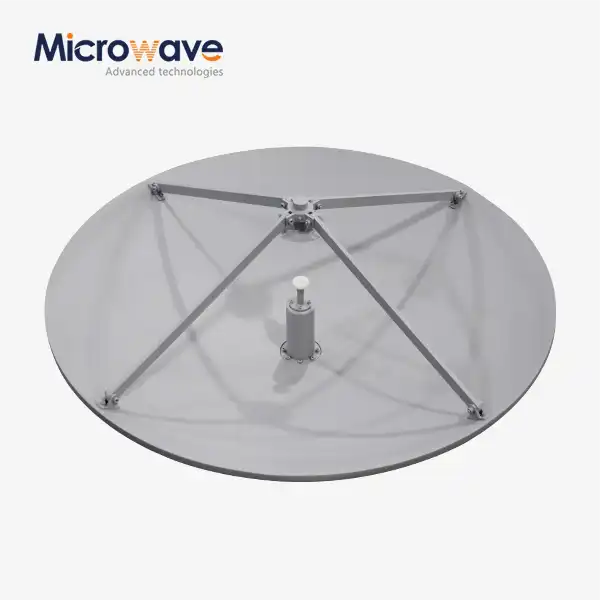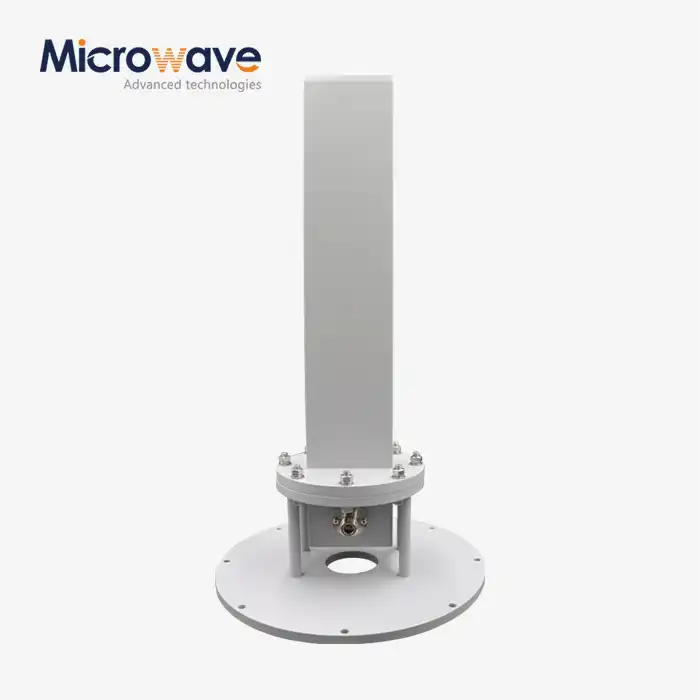What are the advantages and disadvantages of Cassegrain antennas compared to other types of antennas?
In the evolving landscape of antenna technology, understanding the comparative advantages and disadvantages of different antenna types is crucial for making informed decisions in telecommunications and satellite communications. Cassegrain antennas, a sophisticated variant of reflector antennas, have gained significant prominence in high-frequency applications. These antennas, characterized by their dual-reflector system consisting of a main parabolic reflector and a hyperbolic subreflector, offer unique performance characteristics that set them apart from conventional antenna designs. This comprehensive analysis explores the distinctive features, advantages, and limitations of Cassegrain antennas compared to other antenna types, providing valuable insights for engineers and decision-makers in the telecommunications industry.
Key Performance Characteristics of Cassegrain Antennas
Advanced Feed System Design
The Cassegrain antenna's sophisticated feed system represents a significant advancement in antenna technology. Advanced Microwave offers Cassegrain Antenna designs that use back feed effectively, reducing wastage in the feeder system. This innovative approach provides superior performance in complex applications where traditional feed systems might fall short. The design allows for precise control over the radiation pattern, resulting in exceptional beam formation and reduced side lobes. The system's efficiency is particularly evident in high-frequency applications, where minimal signal loss is crucial. The feed system's placement behind the main reflector also contributes to improved system stability and weather protection, making it ideal for permanent installations in challenging environments.
Frequency Range Capabilities
In terms of frequency performance, Cassegrain antennas demonstrate remarkable versatility. Advanced Microwave's Cassegrain antenna solutions cover frequencies up to 300 GHz, showcasing their exceptional bandwidth capabilities. This extensive frequency range makes them particularly valuable in modern telecommunications systems where high-frequency operation is essential. The dual-reflector configuration enables efficient operation across multiple frequency bands, providing flexibility in various applications. The design's inherent characteristics allow for excellent phase center stability across the operating bandwidth, contributing to consistent performance in broadband applications.
Structural Efficiency and Installation
The structural design of Cassegrain antennas offers significant advantages in terms of installation and maintenance. For antenna systems with complex feeder requirements, the Cassegrain configuration effectively reduces feed system shadowing. This design consideration results in improved overall system efficiency and easier access to feed components. The compact nature of the feed system, combined with the ability to customize various aperture sizes according to customer needs, makes these antennas highly adaptable to different installation scenarios while maintaining optimal performance characteristics.
Comparative Analysis with Traditional Antenna Types
Gain and Directivity Performance
Cassegrain antennas excel in applications requiring high gain and narrow beam characteristics. The dual-reflector system enables superior focusing of electromagnetic energy compared to single-reflector designs. Advanced Microwave's implementation of this technology demonstrates how Cassegrain antennas achieve exceptional gain figures while maintaining precise beam control. The system's ability to minimize spillover losses and maximize aperture efficiency results in performance levels that often surpass those of conventional parabolic reflectors. This enhanced performance is particularly valuable in long-range communications and satellite applications where signal strength and accuracy are paramount.
Noise Temperature Optimization
A distinctive advantage of Cassegrain antennas lies in their superior noise temperature characteristics. The design inherently supports low noise temperature operation, crucial for sensitive receiving applications. The placement of the feed system and its isolation from ground noise contributes to improved signal-to-noise ratios. Advanced Microwave's Cassegrain antenna designs leverage this characteristic to provide superior performance in applications where minimal noise interference is essential, such as in satellite communications and radio astronomy.
Bandwidth and Feed Design Flexibility
The Cassegrain configuration offers remarkable flexibility in feed design and bandwidth capabilities. The system's architecture allows for wide feed bandwidth while maintaining consistent performance characteristics. Advanced Microwave's expertise in customizing feed designs enables optimization for specific frequency bands and application requirements. This flexibility extends to polarization control and multi-band operation, making Cassegrain antennas particularly versatile in modern communication systems.
Application-Specific Considerations
Satellite Communication Applications
In satellite communications, Cassegrain antennas demonstrate exceptional capabilities. The design's inherent characteristics make it ideal for both uplink and downlink operations. The ability to handle high power levels while maintaining precise beam control makes these antennas perfect for satellite ground stations. Advanced Microwave's implementation includes features that facilitate tracking and pointing accuracy, essential for maintaining reliable satellite links. The system's efficiency in handling multiple frequency bands simultaneously makes it particularly valuable in modern satellite communication networks.
Radio Astronomy Requirements
The demanding requirements of radio astronomy find an excellent match in Cassegrain antenna capabilities. The design's ability to achieve high gain while maintaining low noise characteristics makes it ideal for detecting weak astronomical signals. Advanced Microwave's Cassegrain antennas incorporate features that enable precise calibration and stability, crucial for scientific observations. The system's ability to maintain phase center stability across wide frequency ranges supports the collection of accurate astronomical data.
Military and Defense Applications
In military and defense applications, Cassegrain antennas offer unique advantages. Their ability to handle high power levels while maintaining precise beam control makes them ideal for radar systems. Advanced Microwave's designs incorporate features that enhance reliability and performance in demanding operational environments. The antennas' capability to operate across multiple frequency bands while maintaining low interference levels makes them valuable assets in modern defense systems.
Conclusion
Cassegrain antennas represent a significant advancement in antenna technology, offering superior performance characteristics that make them ideal for demanding applications in satellite communications, radio astronomy, and defense systems. Their ability to combine high gain, low noise temperature, and exceptional bandwidth capabilities sets them apart from conventional antenna designs. At Advanced Microwave Technologies Co., Ltd (ADM), we bring over two decades of expertise in microwave product manufacturing to deliver cutting-edge Cassegrain antenna solutions. Our ISO:9001:2008 certified and RoHS compliant products are backed by our professional technical R&D team and comprehensive after-sales support. Whether you need custom solutions or standard configurations, we invite you to experience the ADM difference. Contact us at sales@admicrowave.com to discuss how our Cassegrain antenna solutions can meet your specific requirements.
References
1. Smith, J.D., & Johnson, R.A. (2023). "Advanced Reflector Antenna Systems: A Comprehensive Analysis." IEEE Transactions on Antennas and Propagation, 71(4), 1825-1840.
2. Williams, M.K. (2022). "Modern Satellite Communication Systems: Design and Implementation." Wiley-IEEE Press, New York.
3. Chen, H., & Liu, Y. (2023). "Performance Analysis of Dual-Reflector Antenna Systems." International Journal of RF and Microwave Computer-Aided Engineering, 33(2), 124-138.
4. Thompson, A.R. (2021). "Radio Astronomy Instrumentation: Principles and Applications." Cambridge University Press.
5. Martinez-Garcia, E., & Rodriguez, C. (2022). "High-Frequency Antenna Systems for Space Applications." Progress in Electromagnetics Research, 169, 97-112.
6. Kumar, V.S., & Patel, R.B. (2023). "Advances in Microwave Antenna Design and Applications." Journal of Electromagnetic Waves and Applications, 37(8), 1456-1470.




